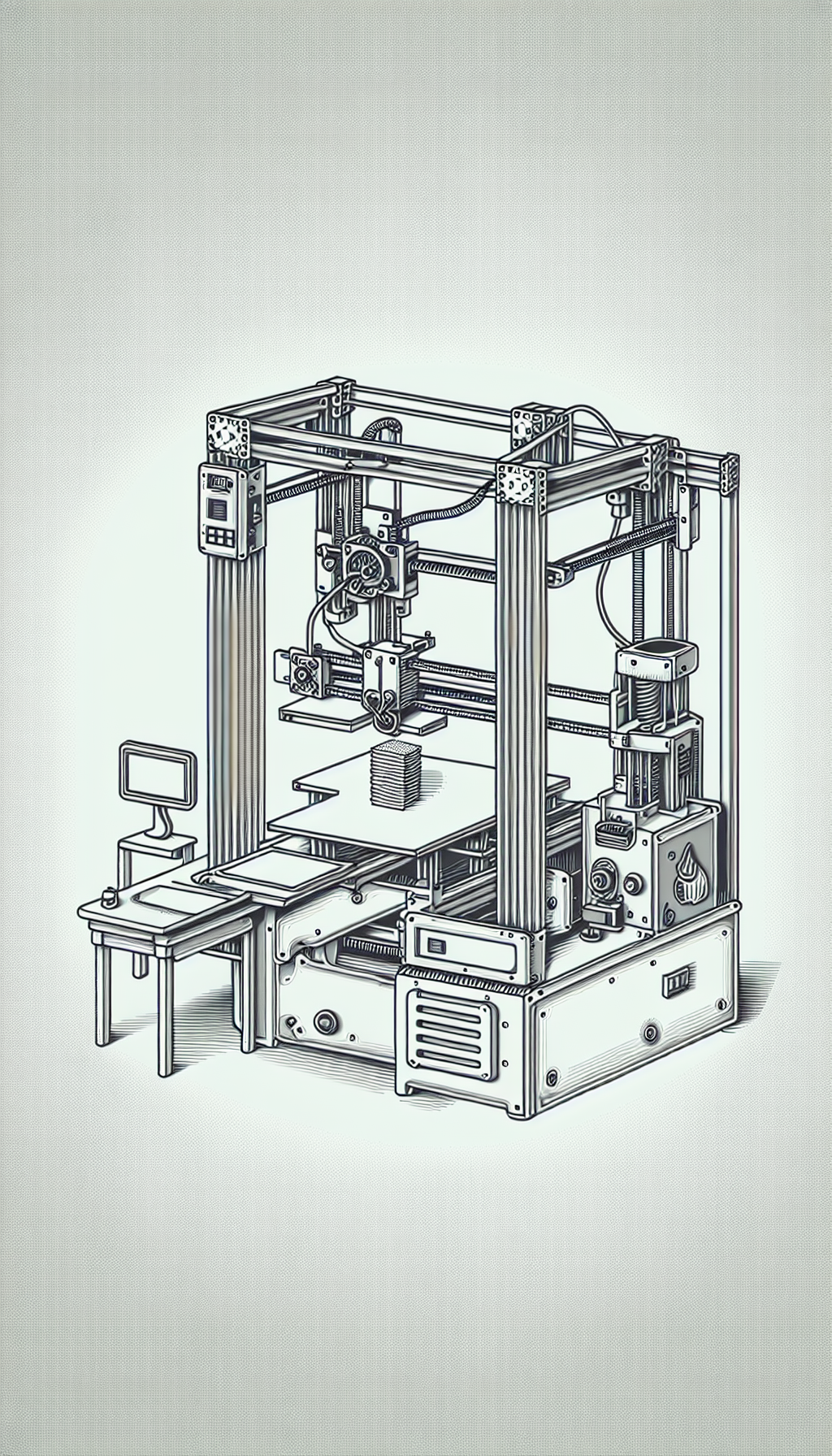One of the most exciting realms where 3D printing is making its mark is in the healthcare industry. This revolutionary technology has opened new doors to wound care and prosthetics, where patients can receive customized treatment that perfectly fits their unique needs. For instance, 3D printed prosthetics have become a boon for amputees, enabling them to regain mobility and independence. These prosthetics are not only tailored to the specific dimensions of the patient but are also much more affordable and accessible than traditional alternatives.
In the educational field, 3D printing is a powerful tool for interactive learning.
It’s a dynamic way to bring concepts to life, fostering a rich learning environment. Whether it’s a detailed model of the solar system or a complex molecule structure, 3D printing encourages students to explore and understand intricate details in a hands-on manner.
This immersive teaching approach greatly enhances students’ comprehension and retention of complex ideas.
The versatility of 3D printing is also transforming the face of the fashion industry. It’s currently being employed by innovative designers to create intricate, avant-garde garments and accessories.
These planned designs are not only exquisitely detailed but also champion sustainability, as they often utilize recycled materials.
This brings a fresh, eco-friendly perspective to the world of high fashion.
3D printing is poised to revolutionize the food industry as well.
The thought of printed food may seem outlandish, but it’s proving to be an innovative solution to some of the world’s pressing issues.
3D printed food has the potential to address problems such as food scarcity and waste by efficiently utilizing ingredients and minimizing excess.
Despite its already impressive reach, the possibilities of 3D printing are far from exhausted.
Its future applications seem limitless. For instance, the construction industry is currently exploring ways to leverage this technology.
Imagine being able to print a house in a matter of days, with less waste and labor costs.
This innovation could solve housing issues across the globe.
While there’s much to celebrate about 3D printing, it’s also important to acknowledge the challenges that come with it. Intellectual property issues, quality control, and equipment costs are some of the hurdles to be overcome. However, with ongoing research and advancements, these challenges will likely be addressed, paving the way for a future where 3D printing becomes even more deeply integrated into our lives.
Currently, we are witnessing a momentous shift as this technology continues to push the boundaries of what’s possible. The world of 3D printing is a prime example of innovation at its best, making waves across various sectors and reshaping the landscape of manufacturing. Today, it stands as a testament to human ingenuity, demonstrating our capacity to turn science fiction into reality.
